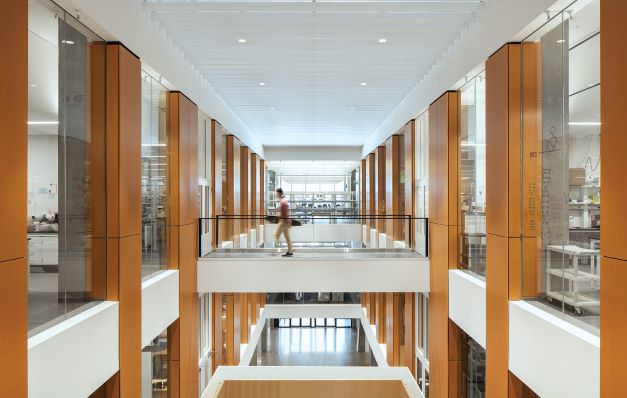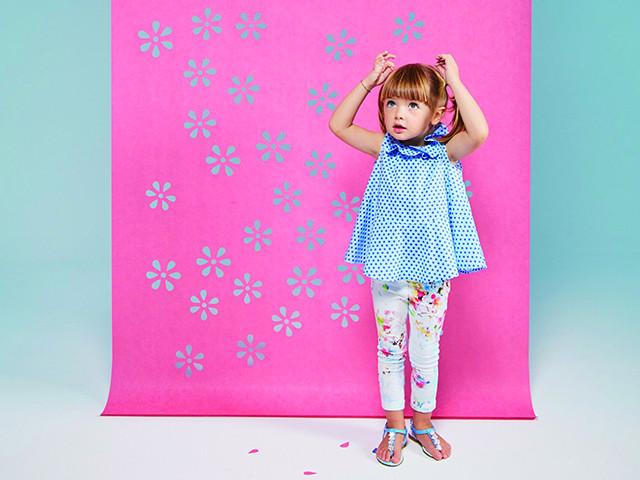...Sound Design for Better Learning and Healthier Schools
Investing in the Future

Creative Acoustic materials improve learning performance and learner experience.
Classroom noise is known to have a significant impact on learning, but it is a natural part of what happens when children laugh and play and learn. Still, there are ways we can provide solutions that create a more stimulating aesthetic environment and at the same manages acoustic challenges caused when sounds bounce off of hard surfaces and flow in and through walls and ceilings. Many parents are experiencing this same element, when working from home offices during the recent months as few homes are equipped to intercept the exuberant sounds of a family home. This is bringing into focus the need for adequate acoustic management particularly in education.
It is true that few things irritate us more than excessive noise or the inability to hear what we need to hear. Whether it’s a nearby construction site, airplanes overhead, highway traffic, air conditioning, or a neighbor learning saxophone, research shows that noise can contribute to cardiovascular disease, high blood pressure, headaches, hormonal changes, sleep disturbance, reduced physical and mental performance, and the reduction of well-being. These are significant and real hazards.

On the other hand, in an acoustically “comfortable” environment, in addition to listening to what we want, we are able to focusbetter and feel calmer. This need for creating acoustically comfortable
environments applies to many settings such as restaurants, businesses, courthouses, and venues such as theatres and museums, but it is particularly important in schools, as it directly influences the teaching-learning relationship.
What was said vs how did it really sound?
Statistics indicate that one third of all students are missing 30-40% of the verbal communication in the classroom. At any age, students need to hear clearly in order to learn at their highest level. While all children benefit somewhat from improved acoustics, the “at risk” groups are considered to be those with hearing, attention or learning deficits, and all pre-K and early learning students who are just developing their cognitive skills. It bears mention that at very high levels of education it is imperative that the verbal instruction for complex understanding is audible and intelligible and equally for adults who are returning to academic environments at increasingly advanced ages. This is key to successful learning.
Consider recent evidence that classrooms with poor acoustics not only interfere with learning but also cause discomfort and mood swings, contributing to increased stress and tiredness in students and decreased cognitive skills. Due to acoustic interference from outside environments in the classroom, the need to speak louder causes vocal and auditory exhaustion for teachers and students. Although currently there are efforts to reduce numbers within school classrooms, it is likely that classroom numbers will return to previous ratios and the need for acoustic health in schools will re-emerge.

A more holistic approach to designing ...
This is not new, as you can see by the report shown below from 2012. However, with a growing interest in how we improve the overall health of learning environments, this is coming once more into focus.

A matter of overall health and betterment that will have an impact for generations to come...
It is possible to mitigate many of these challenges with the integration of simple materials that absorb the bouncing sounds, and properly direct or focus the direction of instructional speech. These changes are often accomplished using materials that are fun and playful, low profile enough to disappear almost entirely or stand out as decorative.
Baffles, wall murals, cutouts, cloud designs, partitions between study areas, and wall panelling all can add layers of improvement. Whatever the design concept, the budget or the application, a material exists to fit the need.

Download our corporate brochure!
Sound Advice, Sound Design, Sound Solutions...
Request Information Today
Our team of product experts are available to answer your questions, supply technical data and provide project quotations.
Explore More
